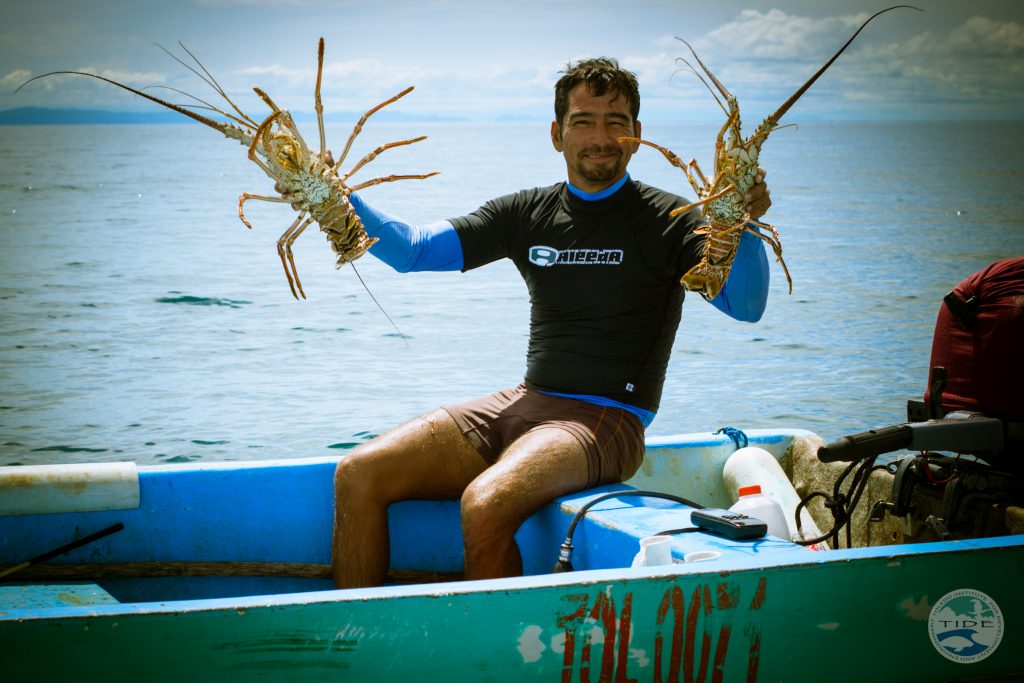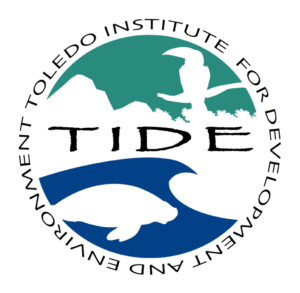Managed Access
Although it is too early to tell the impacts on stocks of commercial species (e.g. conch, lobster, sea cucumber and fish), Managed Access fishers have seen much improved catches of lobster and conch and participation in forums has trebled.
Lessons learned during the two-year pilot in the Port Honduras Marine Reserve and at Glover’s Reef Marine Reserve are informing fisheries management throughout Belize and even globally.

So how does it work? The first step is to identify the fishers who should be given access. To do this in a fair and transparent manner, the Port Honduras Marine Reserve Community Managed Access Committee was formed. The Committee is composed of representatives from Monkey River, Punta Negra, Punta Gorda, the Rio Grande Fishing Cooperative, Toledo Tour Guide Association, Belize Fisheries Department and TIDE. The Committee identifies fishers who meet the qualifying criteria – holding a commercial fishing license, being a Belizean resident, having a history of using the area and landing their catch in Belize – and recommends them to the Fisheries Administrator at the Fisheries Department, who grants the licenses. The next step is to patrol the reserve and ensure that only Managed Access license-holders are conducting commercial fishing.
Although it is too early to tell the impacts on stocks of commercial species (e.g. conch, lobster, sea cucumber and fish), Managed Access fishers have seen much improved catches of lobster and conch and participation in forums has trebled.
Lessons learned during the two-year pilot in the Port Honduras Marine Reserve and at Glover’s Reef Marine Reserve are informing fisheries management throughout Belize and even globally.
